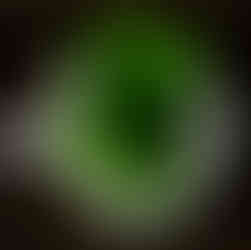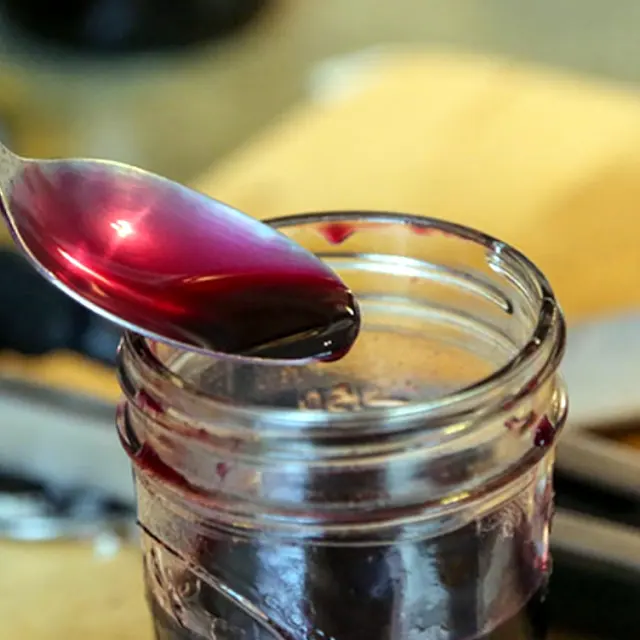Breathe Easy: Natural Remedies for Allergy Season Relief
- Gloria Brown
- Aug 27, 2024
- 5 min read
"From Herbal Teas to Salt Lamps: Tips for a Healthier, Happier Allergy Season"

As kids head back to school, it’s common to see a spike in weed pollination and a flare-up of allergy symptoms. The term "hay fever" is commonly used to describe these symptoms, originating from the days when farmers would experience illness during the fall hay harvest. However, with the discovery of pollen allergies, it became clear that the fall symptoms were actually caused by ragweed pollen, not hay exposure.
In addition to ragweed, other common weeds that trigger pollen allergies include plantain, lamb’s quarter, thistle, yellow dock, and sorrel to name a few. Mold spore counts tend to rise dramatically in the fall with falling leaves and dying plants. Molds thrive in the decomposing plant matter and their spores float into the air. Gardening in mulch or dirt, farming or hiking in the woods can also increase exposures to mold spores this time of year.
As the seasons shift, many of us brace ourselves for the onset of allergy season. The telltale signs—sneezing, itchy eyes, runny nose, and congestion—can make this time of year particularly challenging. However, nature provides us with gentle, effective tools to ease these symptoms and support our body's natural defenses. In this post, we’ll explore some herbal allies that can help manage seasonal allergies, the benefits of incorporating a neti pot into your routine, and the potential advantages of using salt lamps in your home.
Understanding Seasonal Allergies
Seasonal allergies, often triggered by pollen, mold spores, or other environmental allergens, cause the immune system to overreact, leading to inflammation and the familiar symptoms of discomfort. While over-the-counter medications can provide relief, they often come with unwanted side effects. Fortunately, herbs offer a more holistic approach, addressing both symptoms and underlying imbalances.
Herbal Remedies for Allergy Relief
1. Peppermint 2. Elderberry Syrup 3. Chamomile 4. Ginger Root Tea
Peppermint
Benefits: Peppermint is known for its cooling and anti-inflammatory properties. It can help to soothe irritated nasal passages and ease congestion.
Uses: Peppermint tea is a popular choice. Simply steep fresh or dried peppermint leaves in hot water for 5-10 minutes. Inhaling peppermint steam can also provide quick relief from congestion.
Elderberry
Benefits: Elderberry is renowned for its immune-boosting properties. It helps reduce inflammation and supports respiratory health, making it a great ally during allergy season.
Uses: Elderberry syrup is a common and delicious way to enjoy its benefits. You can also find elderberry in teas, lozenges, and capsules.
Chamomile
Benefits: Chamomile is a gentle herb that helps to calm the body and reduce inflammation. It’s particularly helpful for soothing itchy eyes and irritated skin.
Uses: Chamomile tea is a soothing option, and the cooled tea can also be used as a compress for itchy eyes. Just steep the tea, cool it, soak a cloth in the liquid, and apply it to the eyes for relief.
Ginger
Benefits: Ginger has strong anti-inflammatory and antihistamine properties, making it a powerful herb for reducing allergy symptoms.
Uses: Ginger can be consumed fresh, as a tea, or in capsule form. For tea, slice fresh ginger root and steep in boiling water for 10-15 minutes. Adding honey and lemon can enhance its soothing effects.
The Neti Pot: A Natural Solution for Nasal Congestion

Man using neti pot
One of the most effective tools for managing nasal congestion during allergy season is the neti pot. This small, teapot-like device is used to perform nasal irrigation, a practice that dates back thousands of years in Ayurvedic medicine. The neti pot helps to flush out allergens, mucus, and other irritants from the nasal passages, providing immediate relief and preventing further irritation. Please read instructions carefully before use.
How to Use a Neti Pot:
Mix 1 teaspoon of non-iodized salt (like sea salt) with 2 cups of warm distilled or boiled water.
Fill the neti pot with the saline solution. Test the water temperature before usage.
Tilt your head over a sink at a 45-degree angle. Place the spout of the neti pot in one nostril and gently pour the solution, allowing it to flow through your nasal cavity and out the other nostril.
Breathe through your mouth during the process, and repeat on the other side.
Use the neti pot once daily during allergy season or as needed for congestion.
Benefits of Using a Neti Pot:
Clears nasal passages, reducing congestion and improving breathing.
Removes allergens and irritants, reducing the frequency and severity of allergic reactions.
Promotes overall sinus health and reduces the risk of sinus infections.
Salt Lamps: Enhancing Your Indoor Environment

Salt lamp at bedside
In addition to herbs and the neti pot, Himalayan salt lamps have gained popularity as a natural way to improve indoor air quality and alleviate allergy symptoms. These lamps are made from pink salt crystals and are believed to have various health benefits, particularly for those dealing with respiratory issues. Please do your research and purchase an authentic Himalayan salt lamp.
How Salt Lamps Work:
Salt lamps are said to release negative ions when heated by the light bulb inside. These negative ions may bind to airborne pollutants, allergens, and other particles, causing them to fall to the ground and leaving the air cleaner to breathe.
While scientific evidence on the efficacy of salt lamps is limited, many people report feeling better after using them, particularly in terms of reduced allergy symptoms and improved overall mood.
Benefits of Salt Lamps:
Improved Air Quality: By attracting and neutralizing pollutants, salt lamps can help reduce allergens in the air, making it easier to breathe, especially during allergy season.
Reduced Allergy Symptoms: Many users find that salt lamps help alleviate symptoms such as coughing, sneezing, and congestion.
Mood Enhancement: The warm, soothing glow of a salt lamp can create a calming atmosphere, which may reduce stress and promote relaxation.
Where to Place Salt Lamps:
To maximize their benefits, place salt lamps in rooms where you spend a lot of time, such as the bedroom, living room, or office. They are particularly useful in spaces with electronics, as these devices often contribute to indoor air pollution.
A Holistic Approach to Allergy Relief
Incorporating herbs, the neti pot, and salt lamps into your daily routine can make a significant difference in managing seasonal allergies. As always, it's important to listen to your body and consult with a healthcare professional, especially if you’re new to using these remedies.
By embracing these natural remedies, we can navigate allergy season with greater ease and comfort, allowing us to fully enjoy the beauty of each season.
Stay Healthy!
Let these herbal remedies be your allies in the battle against seasonal allergies. Here's to breathing easy!
Do you suffer from seasonal allergies? Have you tried any of these remedies? We'd love to hear how they worked for you. Drop us a line by using the Comments box below.
Yours in herbal wellness,
Gloria
Disclaimer:
The Food & Drug Administration has not evaluated the statements made on this website. The information provided by this website or this company is for informational purposes only, it is not meant to substitute for medical advice or diagnosis provided by your physician or other medical professionals, and is not a substitute for a face-to-face consultation with a health care provider, and should not be construed as individual medical advice. Always consult your physician or health care provider before using any herbal products.











Comments